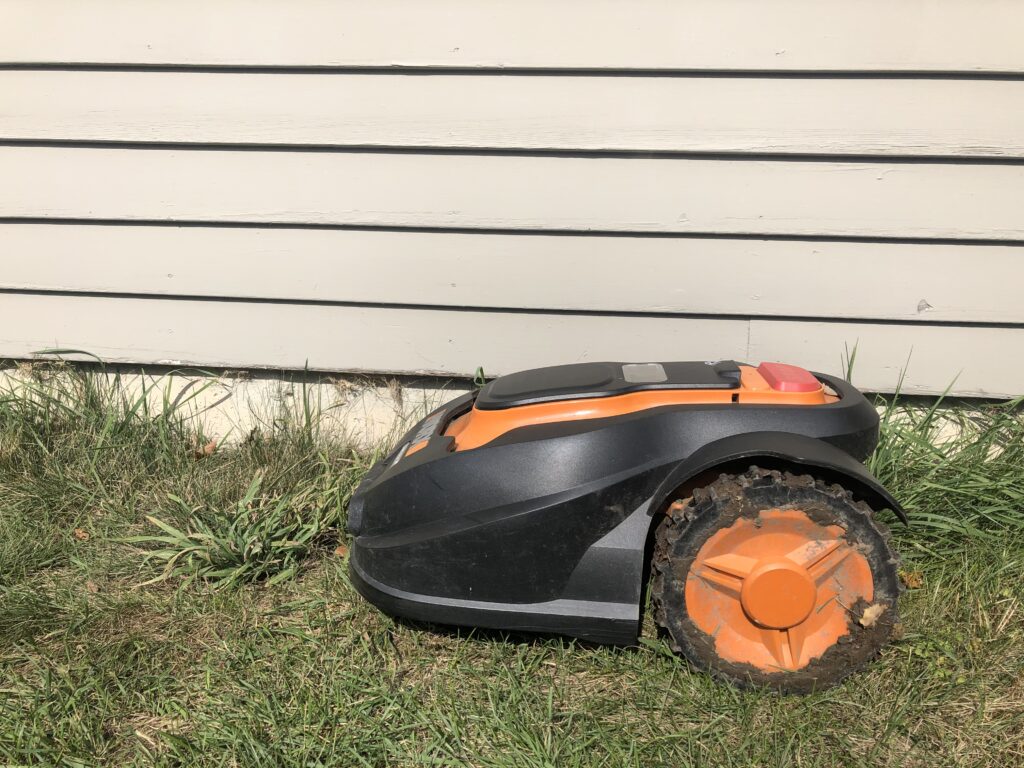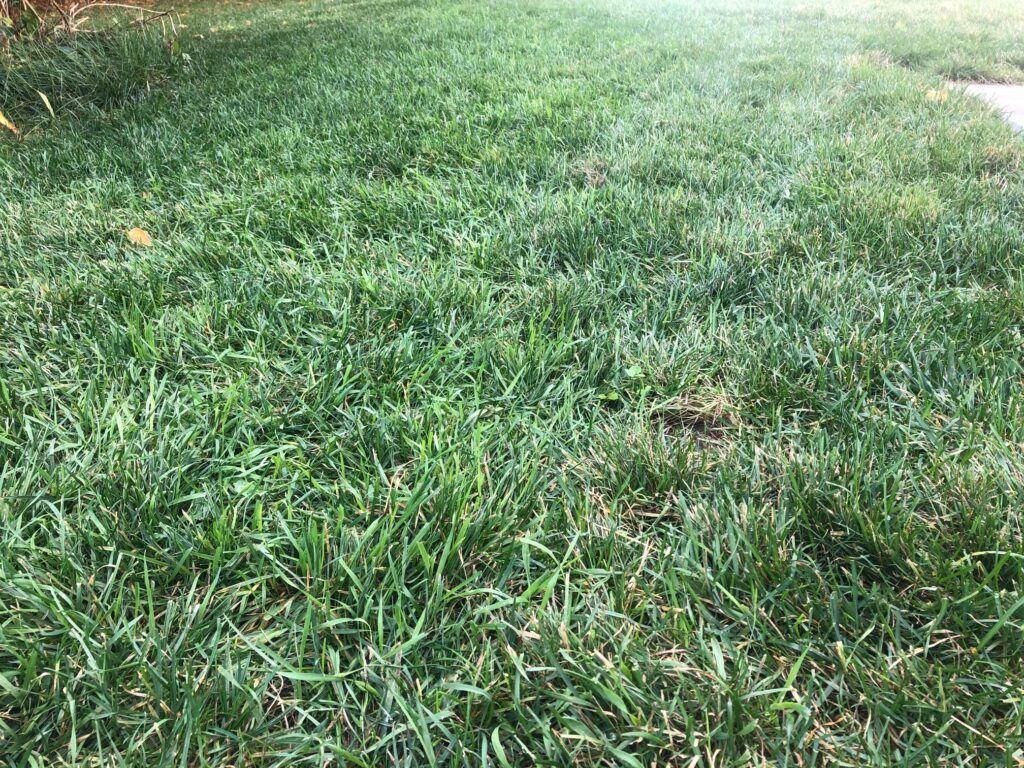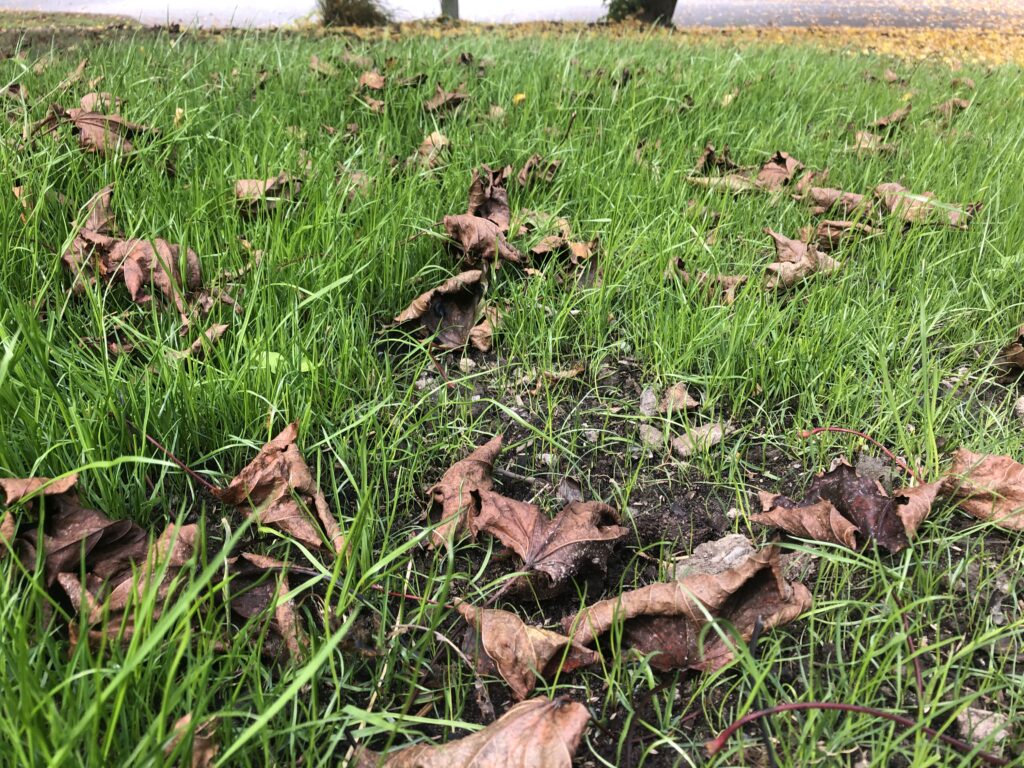
Today’s Mo Monday blog focuses on another barrier to mowing lawns to 3″ that was expressed by some who completed the survey carried out as the #RaiseTheBlade campaign was being developed. That barrier is that maintaining grass to longer heights could allow weeds to take over the lawn.
In fact, the opposite is true, at least in places where cool season grasses are grown – such as here in the Lake Champlain basin. Kentucky bluegrass and various varieties of fescues maintained to higher heights have been demonstrated to support fewer crabgrasses. This was reported in a 2003 review of research studies by Philip Busey. In addition, according to Minnesota Extension, long grass shades weed seeds, preventing them from germinating. Conversely, shorter grass provides weed seeds additional light, enhancing the probability they will germinate and grow successfully.

You might wonder then, what does cause your lawn to be weedy? Weed growth is influenced by a variety of factors, including drought, insect predation, and diseases, all of which cause injury to grass plants, allowing weeds to become established (Busey 2003). For example, one study cited by Busey found that tall fescues were quite sensitive to spring drought, which resulted in those grass stands becoming weedy without use of herbicides.
A great way to combat weeds is to plant grass in a manner that allows it to become quickly established and provide good ground coverage – keeping those pesky weeds from having space to become established.

The newly-planted grass shown at the left came in well except in one area near the photographer. As a result, that area is susceptible to future weed growth.
Four tips (all from Busey’s paper) to allow grass to become quickly-established with extensive ground coverage are:
- Select a grass variety that is suitable to your climate and the types of weeds in your yard. While the tall fescues mentioned above allowed more growth of crabgrass after spring drought, blue fescues and hard fescues were observed to host fewer weeds even without use of herbicides.
- Plant grass seeds densely. An example provided reported that Kentucky bluegrass planted at about 80 pounds/acre instead of 40 lbs/ac reduced weed coverage by about 20%.
- When you initially plant your lawn, keep the soil moist to prevent evaporation from the soil. This can be done using some types of mulch, alfalfa hay or even grass clippings.
- Plant a grass mixture that includes quick growing perennial or annual ryegrass, and then initially mow short a few days to a week after initial sowing to promote growth of the Kentucky bluegrass or tall fescue in the mixture. This gives you grass coverage early on and continuing in time to keep the weeds at bay.